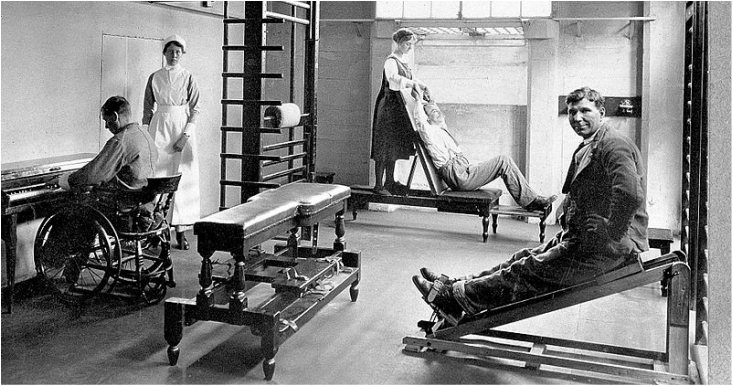ARE MANUAL THERAPISTS TREATING
TOO MUCH, TOO LITTLE, OR BOTH?
“
I just want to tell you how refreshing it was to read your website! I started out as an exercise physiologist, and have been a PT now for 20 years. For years I have been explaining to doctors and reassuring patients that the bruising I cause with my treatments is OK and part of the process when getting rid of fascial adhesions. My patients have outcomes much better than those seeing other therapists. It’s sad because the majority of physical therapists do minimal to no hands-on anymore and I cringe when I watch their patients not get better. As horrible as it sounds, I tell my patients that it is like tenderizing meat! You have to break up the adhesions first if you are going to get anywhere with stretching………”The concept of breaking the FASCIAL ADHESIONS before starting a STRETCHING PROTOCOL is of critical importance. It’s also why TREATMENT MUST SOMETIMES BE HARSH. As for her “hands on” statement, I think that this is becoming the norm for most healthcare providers, and is something I hear from patients constantly — particularly with orthopedists and neurologists. “I went to see the specialist, paid him $500 bucks, and all he did was talk to me for 5 minutes, make me bend over and try to touch my toes, and tap on my reflexes.” In their defense, most healthcare providers are so busy DOING THIS, they no longer have time for their patients. Lisa went on to say that,
“You are also right that doctors don’t know. I have made so many people better who have been told by their doctors ‘you have arthritis, you just aren’t as young as you were’. That’s a cop-out because most people can get excellent improvement with the right manual techniques and stretches. The excellent descriptions, pictures, stretches, and information on your website was a breath of fresh air! Finally someone who thinks and treats as I do. I Google information for my patients all the time but have never seen your website. Funny I found it because I was looking up effects of abdominal adhesions and how to keep them from returning. You have such an excellent description of fascia, I will be referring my patients to your website to help them understand and to look at your stretches. I never write on websites but I had to give you props for the excellent patient care professional it seems you are!”
Wow, thanks for the “props” Lisa. When it comes to breaking ADHESED FASCIA, bruising is something to be embraced (HERE). I recently saw an out-of-state patient who had been through 18 treatments of something supposedly ‘similar’ to what I do. I asked him, and he told me there was little or no bruising with any of these treatments. When this person left my office after his first and only visit to see me, his arms looked like they had been repeatedly run over by a bulldozer. You can read about his results HERE.
Patients are tired of DRUGS, and they are tired of excuses and “cop outs“. People whose lives are being held ransom by CHRONIC PAIN, are after one thing and one thing only —- relief. They want to live their lives on their terms, doing what they love to do, without pain. A bruise after treatment? Do you really think they care? Have you ever seen the bruises people have coming out of surgery? Bruise, schmooze! I’ve been doing this work for 15 of my 25 years in practice, and my guess is that Lisa would agree; people could not care less about a bruise because it’s a means to an end — the end of their Chronic Pain.
BACK TO THE QUESTION AT HAND
TOO MUCH TREATMENT OR NOT ENOUGH TREATMENT?
On the other hand, too few patients, like Lisa told us, are getting anything other than a minimal amount of “hands-on” treatment anymore. Instead they get things like MUSCLE RELAXERS, PAIN MEDS, NSAIDS, and CORTICOSTEROID INJECTIONS from their doctors, and modalities from their practitioners (ultrasound, TENS, electric stimulation, etc, etc, etc). And if they do get hands-on therapy, it’s usually (back to Lisa again) not intense enough (her words, not mine). If you simply take a moment and study SCAR TISSUE, it’s easy to see why treatment sometimes needs to be intense enough to cause bruising. Any treatment that is not intense enough to break said Scar Tissue, is sub-threshold. Lots of practitioners will tell their patients that a whole lot of very mild, “sub-threshold” treatment will eventually, over time, get through the Scar Tissue. In the majority of cases, it simply does not work that way. A whole lot of nothing is still nothing (HERE).
If you are wondering about the results seen with this approach, make sure and watch some of my VIDEO TESTIMONIALS. Pay attention and see that not only are these people getting fantastic results, they are typically getting them in a fraction of the amount of time.

